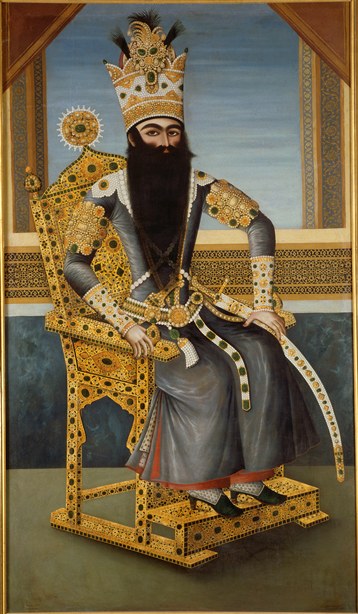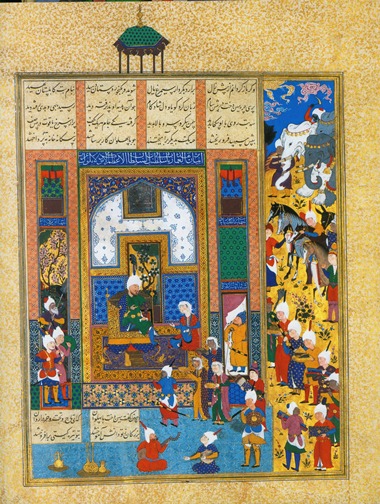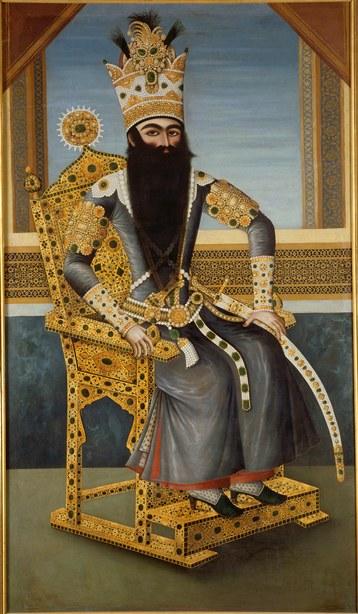“Hey Queen Elizabeth, what’s on your iPod?”
Could there be a stranger question to ask the Queen? And yet, thanks to a gift from President Obama back in 2009, she could now reasonably be expected to answer, “The Fugees.” This trendy gift followed a previous gift from Obama to British Prime Minister Gordon Brown of a DVD box set (including copies of Citizen Kane, Psycho, ET, and The Graduate).
I was reminded of these gifts while listening to NPR last week, which detailed his latest gift to the Queen on his latest diplomatic tour—a photo album containing photographs of the Queen’s parents’ 1939 visit to the U.S. The NPR story, which also delves into past diplomatic gifts during the Bush, Clinton, and Johnson administrations, explains the importance of such gifts between heads of state. As former chief of protocol Lloyd Hand put it, “The substance of the visit could be very challenging, but if you create an atmosphere conducive to people wanting to work with you, then you’re successful.”
This isn’t a new idea, as our latest exhibition, Gifts of the Sultan: The Arts of Giving at the Islamic Courts, makes clear. The show, which is on view now for members and opens Sunday to the public, looks at gift-giving in the Islamic world during the eighth through nineteenth centuries. It is broken down into three sections: personal gifts, pious gifts, and diplomatic gifts.

Portrait of Fath ‘Ali Shah, Iran, Tehran, c. 1800–1806, Musée du Louvre, Paris, on loan from the Musée National de Versailles (M.V. 6358), photo © Réunion des Musées Nationaux/Art Resource, NY (ART412052), by Hervé Lewandowski
Clearly the diplomatic gift has a long and far-reaching history. As the gifts in this exhibition demonstrate, they weren’t always so cheeky. Take for instance this portrait of Fath ‘Ali Shah (r. 1797–1834), who presented his portrait to none other than Emperor Napoleon in 1806. The depiction of the shah, in opulent jewels and a golden throne, was intended to communicate to the empire-building Frenchman that Iran possessed both might and political stability.

Sindukht Comes to Sam Bearing Gifts, folio from the Shahnama of Shah Tahmasp, Iran, Tabriz, 1525–1535, Aga Kahn Museum Collection, Geneva (ADM00496), photo © Aga Khan Trust for Culture, Geneva
Elsewhere in the exhibition you can find pages from a 1525–35 folio of the Shahnama, or “Book of Kings,” which were originally produced for the Shah Tahmasp. The Shah later sent them as a gift to the Ottoman Sultan Selim II in 1567, who had recently taken the throne. Included in these pages of the Shahnama are textual and visual references to gift giving, as well as long lists of gifts from one ruler to another. In addition, Shah Tahmasp also gave the Sultan a Qur’an manuscript, possibly written by ‘Ali, the son-in-law of the Prophet Muhammed.
Now that’s a gift. Your move, Obama.
Scott Tennent



